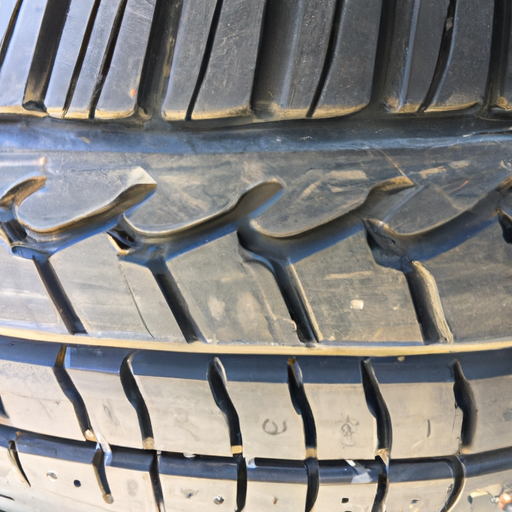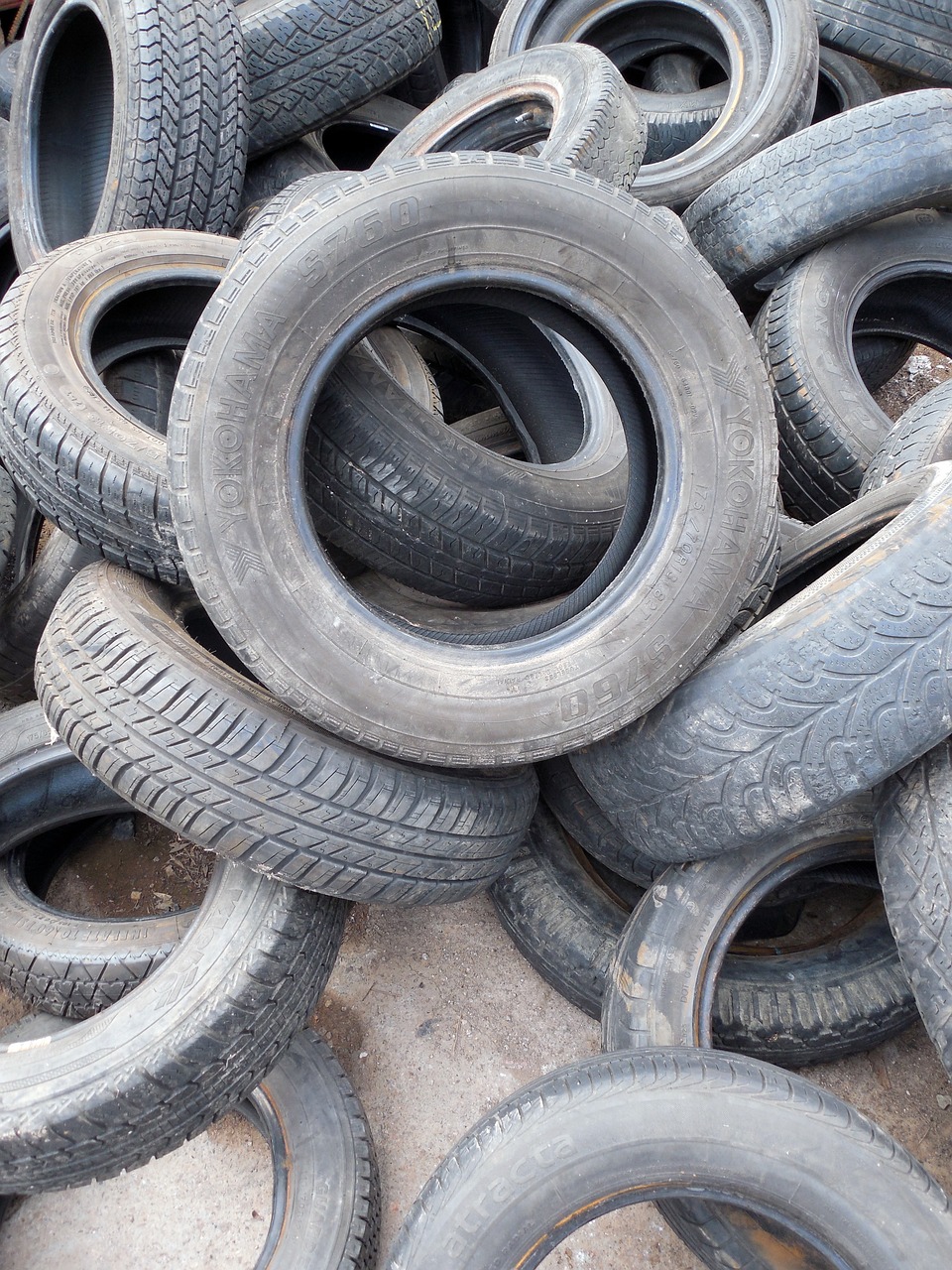Have you ever wondered whether it’s necessary to remove your tires during long periods of storage? Many people are unsure about what to do with their tires when they’re not being used, leading to potential damage and unnecessary expenses. In this article, we will explore the importance of removing your tires during extended storage and why it can save you from future headaches. So, if you want to ensure the longevity and performance of your tires, keep reading to find out what steps you should take.
The Importance of Proper Tire Storage
The effects of long-term storage on tires
When it comes to storing your tires for an extended period, it’s essential to understand the potential effects of long-term storage on their overall condition. Leaving tires in storage without proper care and precautions can lead to various issues, such as accelerated aging, deterioration, and decreased performance. Additionally, neglecting tire storage can also render them unsafe and may result in costly replacements.
Tire aging process
Tire aging is a natural process that occurs over time, regardless of whether they are being used or stored. As tires age, the rubber compound gradually loses its elasticity, making them more susceptible to cracking and breaking. The aging process is accelerated when tires are exposed to harsh environmental conditions, such as extreme temperatures, sunlight, and chemicals. It is important to note that even if your tires have never been used, they still age and can become unsafe if not stored properly.
Factors affecting tire lifespan
Several factors can influence the lifespan of your tires, including usage, maintenance, and storage conditions. While you have control over how you use and maintain your tires, the conditions in which they are stored can significantly impact their life expectancy. Factors such as temperature, humidity, exposure to sunlight or ozone, and even contact with oil or gasoline can all contribute to premature tire aging or damage. Therefore, proper tire storage becomes crucial in maximizing their lifespan.
Tire storage and maintenance
The way you store and maintain your tires during periods of storage can have a significant impact on their overall condition and longevity. By following proper tire storage practices, you can minimize the effects of aging, deterioration, and potential damage. Additionally, regularly inspecting and maintaining your stored tires ensures that they remain in optimal condition and ready for use when needed. Let’s explore some of the steps involved in proper tire preparation for storage.
Pros and Cons of Removing Tires
Advantages of removing tires
Removing the tires from your vehicle during long periods of storage has its advantages. Firstly, it reduces the weight on your suspension, minimizing the strain caused by prolonged static load. This can help maintain the integrity of your suspension components and prevent sagging or damage. Secondly, removing the tires allows you to inspect them thoroughly, addressing any potential issues or damage before storage. Lastly, by removing the tires, you minimize the risk of theft, particularly if your vehicle is being stored in an unsecured location.
Disadvantages of removing tires
While there are benefits to tire removal during storage, there are also some drawbacks to consider. One significant disadvantage is the additional labor and time required to remove and reinstall the tires. This may not be a concern for those who are experienced in tire removal, but for some individuals, it can be a daunting task. Furthermore, removing and reinstalling tires increases the risk of damage to the rims and tires themselves, requiring additional repairs or replacements. Finally, if you opt for off-site tire storage, additional expenses may be incurred.
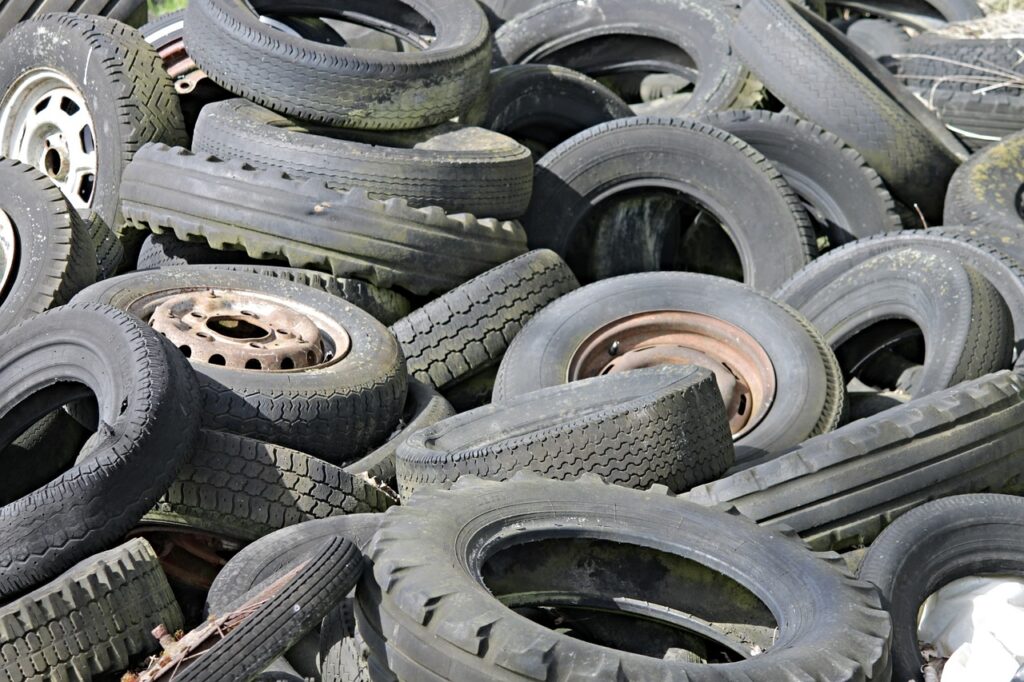
Proper Tire Preparation for Storage
Cleaning and inspecting tires
Before storing your tires, it is crucial to clean them thoroughly to remove any dirt, debris, or brake dust. This can be done using a mild soap or detergent and a soft brush. Once cleaned, inspect each tire carefully for any signs of damage, such as cuts, punctures, bulges, or uneven wear. Addressing these issues before storage will ensure that you don’t encounter any surprises when it’s time to use them again.
Inflation pressure considerations
Proper inflation pressure is vital for maintaining optimal tire condition during storage. It is recommended to inflate your tires to the manufacturer’s recommended pressure, which can be found in your vehicle’s owner’s manual or on a placard attached to the vehicle. Overinflating can cause excess stress on the tire structure, while underinflation can lead to flat spots or permanent damage. Regularly check and adjust the inflation pressure throughout the storage period to account for any gradual loss.
Protecting tires from environmental factors
Environmental factors such as temperature, humidity, sunlight, and chemicals can all adversely affect tire condition during storage. To protect your tires from these elements, consider using tire covers or bags specifically designed for storage. These covers provide a barrier against harmful UV rays, reduce moisture buildup, and prevent exposure to chemicals or oils that may be present in the storage area.
Options for Tire Storage
On-vehicle storage
One option for tire storage is leaving them on your vehicle. This is often convenient for those who have adequate space and storage conditions. However, it’s crucial to ensure that the vehicle is parked on a clean, level surface, and the tires are adequately inflated. Additionally, it is important to regularly check the inflation pressure and condition of the tires, as they can still be subject to environmental factors even when on the vehicle.
Tire racks and tire stands
Tire racks or stands are another popular option for tire storage. These storage solutions offer a practical and organized way to keep your tires off the ground and protected from damage. Tire racks typically allow for easy stacking of tires, minimizing the space required and providing stability. When using tire racks or stands, make sure they are sturdy and capable of supporting the weight of your tires.
Tire bags or covers
Using tire bags or covers is an effective way to shield your tires from environmental elements and potential damage. These covers provide a protective layer that helps to prevent UV damage, moisture buildup, and contact with oils or chemicals. They are often made of durable materials such as nylon or vinyl and are designed to fit securely around the tire, providing an additional layer of protection.
Off-site tire storage
For those who do not have adequate space or prefer not to store tires at home, off-site tire storage facilities are an option. These facilities provide secure, climate-controlled environments specifically designed for tire storage. Off-site storage offers convenience, as the facilities handle the cleaning, inspection, and maintenance of the tires, ensuring they remain in excellent condition. However, it’s important to consider the extra expense of off-site storage when weighing your options.
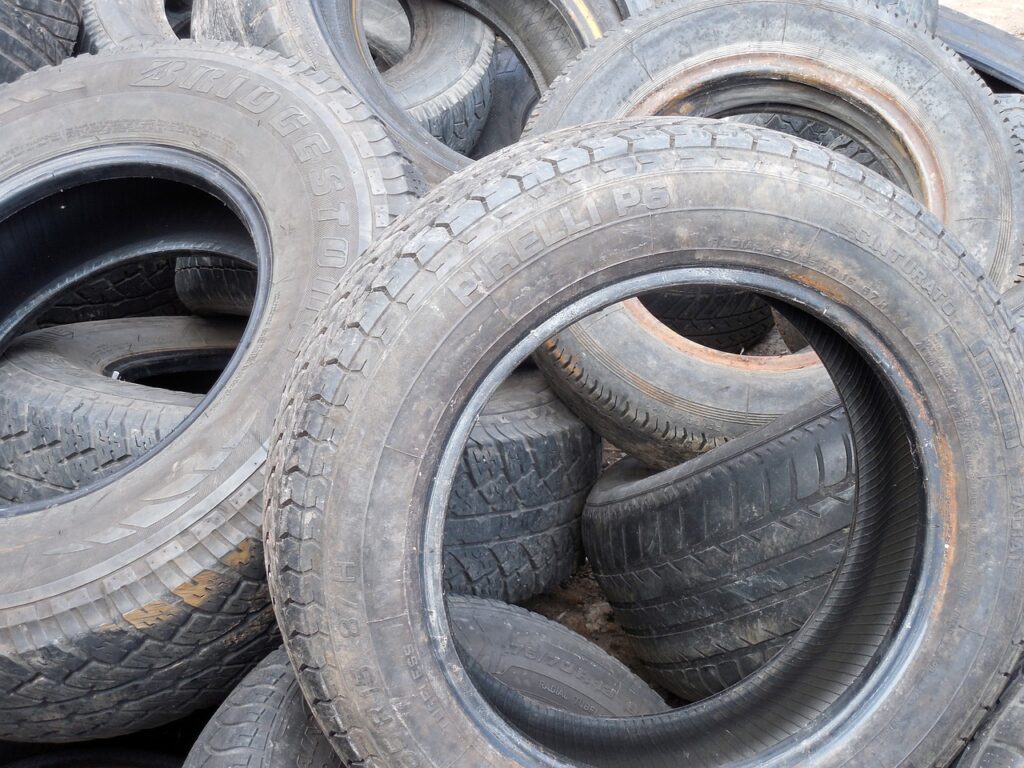
Alternatives to Tire Removal
Rotating tires regularly
Rotating your tires regularly is an effective alternative to removing them during storage. By rotating the tires every few months, you can distribute the weight and stress evenly, minimizing the chances of flat spots or damage. Regular rotation also allows for visual inspection and allows you to address any issues promptly. Ensure that the tires are properly inflated before rotation to maximize their lifespan.
Using tire chocks or blocks
Using tire chocks or blocks can help alleviate some of the strain caused by long periods of storage without removing the tires. Placing chocks or blocks in front and behind the tires prevents the vehicle from moving, reducing the stress on the suspension and tire structure. However, it’s important to note that this method does not provide the same level of protection against environmental factors and potential damage as removing or using covers.
Maintaining ideal storage conditions
If you opt to keep your tires on the vehicle or in a storage area without removing them, it is crucial to maintain ideal storage conditions. Ensure that the storage area is clean, dry, and well-ventilated. Extreme temperatures and humidity should be avoided, as they can accelerate the aging process and damage the tires. Regularly check the condition and inflation pressure of the tires, and address any issues promptly to maintain their optimal condition.
Tire Inspection and Maintenance During Storage
Regular visual inspections
Performing regular visual inspections of your stored tires is essential for identifying any signs of damage or deterioration. Look for any cracks, cuts, bulges, or uneven wear. Additionally, check for foreign objects that may have gotten lodged in the tread or sidewall. Catching these issues early allows you to address them promptly and prevent further damage.
Maintaining proper inflation pressure
During storage, it is vital to monitor and maintain the proper inflation pressure of your tires. Fluctuations in temperature and gradual air loss can result in underinflation, which can cause flat spots, reduced tire performance, or even tire failure. Regularly check the inflation pressure and adjust as needed to ensure the tires remain properly inflated.
Preventing flat spotting
Flat spotting occurs when a tire forms a flat area on the tread surface due to prolonged stationary storage. To prevent flat spots, consider rotating the tires or using tire chocks regularly. If you notice flat spots during inspections, gradually driving the vehicle can help minimize the effect. However, if the flat spots are severe or persistent, professional assistance may be required.
Protecting against ozone damage
Ozone, a gas present in the atmosphere, can cause cracking and deterioration in rubber materials, including tires. To protect against ozone damage, store your tires away from ozone-generating sources, such as electric motors, generators, or fluorescent lights. Additionally, using tire covers or bags can provide an additional layer of protection against ozone exposure.
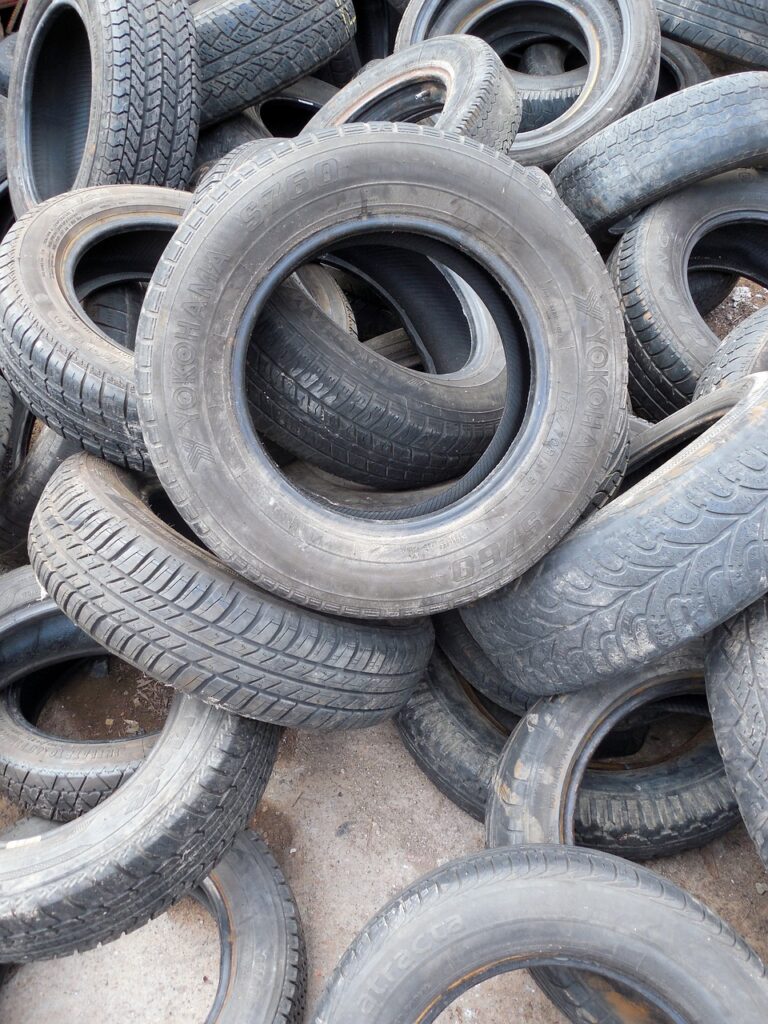
Cost Considerations
Labor and time involved in tire removal
One of the cost considerations when deciding whether to remove tires or not is the labor and time involved in the process. Removing tires requires physical effort and may require specialized tools, depending on the vehicle. If you are unfamiliar with tire removal, it may be necessary to seek professional assistance, which can add to the overall cost.
Storage space requirements
Another cost consideration is the storage space required for tire removal. If you have limited space at home, you may need to invest in additional storage solutions such as tire racks or stands. These can incur expenses that need to be weighed against the convenience and benefits they provide.
Additional expenses for off-site storage
If you opt for off-site tire storage, additional expenses will be incurred. Off-site storage facilities typically charge a fee for their services, which can vary depending on the location, duration of storage, and additional services provided. While off-site storage provides convenience and professional care for your tires, it’s important to factor in these costs when making your decision.
Manufacturer and Expert Recommendations
Guidelines from tire manufacturers
Tire manufacturers often provide specific guidelines for tire storage to ensure optimal performance and longevity. These guidelines may include recommendations for cleaning, inflation pressure, temperature range, and storage duration. It is advisable to consult your tire manufacturer’s recommendations and follow them closely to get the most out of your tires during storage.
Expert opinions on tire storage
Experts in the automotive industry often provide valuable insights and recommendations for tire storage. Their expertise can help shed light on best practices and potential pitfalls to avoid. Using their knowledge as a guideline can assist you in making informed decisions regarding tire storage and maintenance.
Industry best practices
In addition to manufacturer recommendations and expert opinions, following industry best practices can further ensure proper tire storage. These best practices may include regular inspections, maintaining adequate inflation pressure, and protecting tires from environmental factors. By adhering to industry standards, you can maximize the lifespan and performance of your tires during storage.
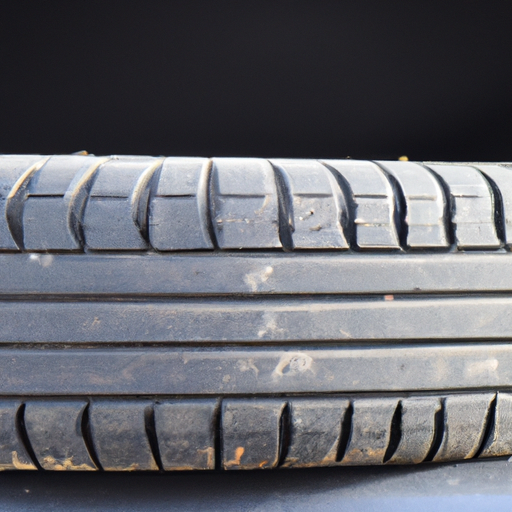
Common Misconceptions about Tire Storage
Beliefs debunked by experts
There are several common misconceptions surrounding tire storage that have been debunked by experts. For example, some people believe that keeping the vehicle parked on tires will cause flat spots. However, experts confirm that modern tires are designed to withstand the weight of the vehicle for extended periods without significant flat spotting. Understanding these debunked beliefs can help you make informed decisions about tire storage.
Myths and misinformation
Misinformation can often lead to poor decisions regarding tire storage. Common myths include claims that overinflating tires before storage is beneficial or that storing tires vertically prevents flat spots. It is crucial to rely on accurate information and expert advice when making decisions about tire storage to ensure your tires remain in optimal condition.
Conclusion
Proper tire storage is of utmost importance to maximize the lifespan and performance of your tires. Neglecting tire storage can lead to accelerated aging, deterioration, and potential safety hazards. Consider the effects of long-term storage on tires, the factors affecting tire lifespan, and the pros and cons of removing tires. Take the necessary steps to prepare your tires for storage, choose the most suitable storage option, and implement alternative practices if removing the tires is not feasible. Regular inspection and maintenance, along with adherence to manufacturer recommendations and industry best practices, will help ensure your tires remain in excellent condition during storage. By making informed decisions based on accurate information, you can protect your investment and make the most out of your tires.
